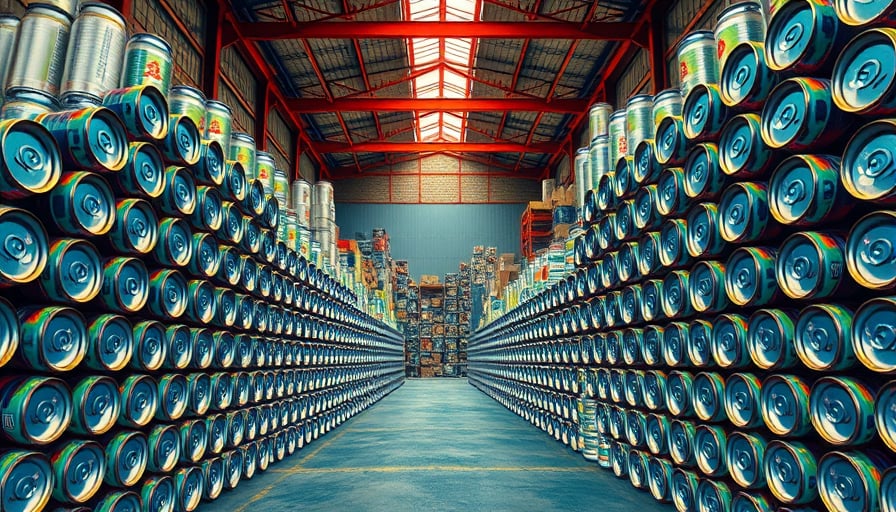Ball Corporation, a prominent player in the materials sector, has recently encountered a series of challenges that have impacted its stock performance and operational outlook. As a company specializing in metal packaging for beverages, foods, and household products, Ball Corporation also extends its expertise to aerospace and other technologies, serving both commercial and governmental clients globally. Despite its diversified portfolio, the company’s stock has seen a decline, with its close price on October 14, 2025, standing at $47.55, down from a 52-week high of $67.84 on October 17, 2024.
The market capitalization of Ball Corporation is currently valued at approximately $12.94 billion, reflecting a significant presence in the industry. However, the company’s financial metrics, such as the price-to-earnings ratio of 16.2864, indicate a cautious outlook from investors. This sentiment is further underscored by the recent adjustment in the company’s stock price target by analysts at Truist Securities. While maintaining a stable buy rating, the analysts have lowered their price target, suggesting that although Ball Corporation remains a viable investment, its stock may not achieve the heights seen in the previous year.
A critical factor contributing to the company’s current challenges is the shortage of aluminum cans in India, a key market for Ball Corporation’s beverage packaging business. This shortage is expected to have a tangible impact on the company’s sales and revenue, as India represents a significant portion of its global operations. The scarcity of aluminum cans is likely to disrupt supply chains and affect production capabilities, posing a hurdle for Ball Corporation in maintaining its market position.
Despite these challenges, Ball Corporation’s strategic focus on innovation and diversification across various sectors may provide a buffer against market volatility. The company’s involvement in aerospace and other technological services offers potential growth avenues that could offset the pressures faced in its core packaging business. As the company navigates these complexities, its ability to adapt and leverage its diverse portfolio will be crucial in sustaining its competitive edge in the global market.
In conclusion, while Ball Corporation faces immediate challenges, particularly in the beverage packaging sector due to aluminum shortages, its broader strategic initiatives and diversified operations may offer pathways to resilience and growth. Investors and stakeholders will be closely monitoring the company’s response to these challenges and its efforts to capitalize on emerging opportunities in its various lines of business.
